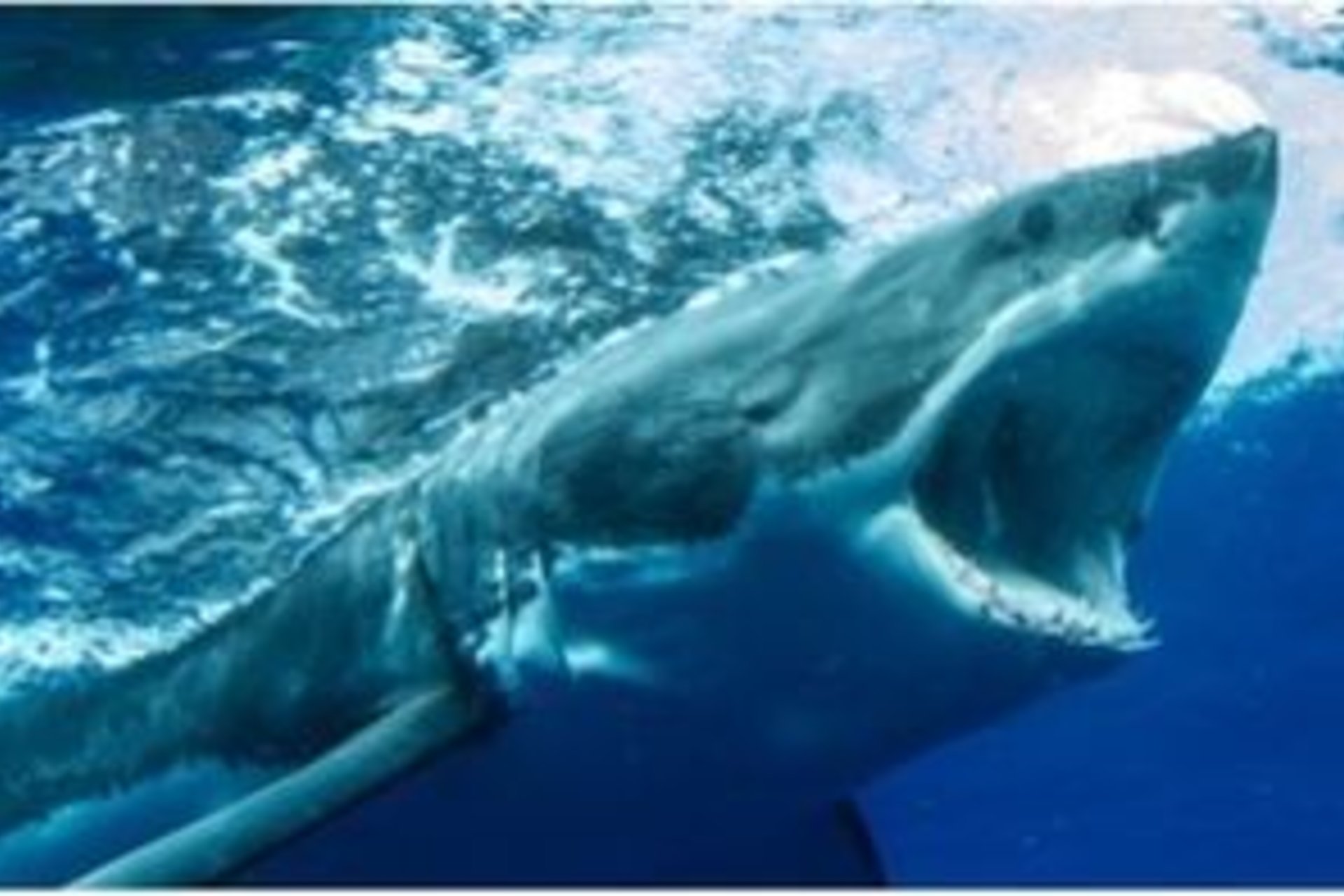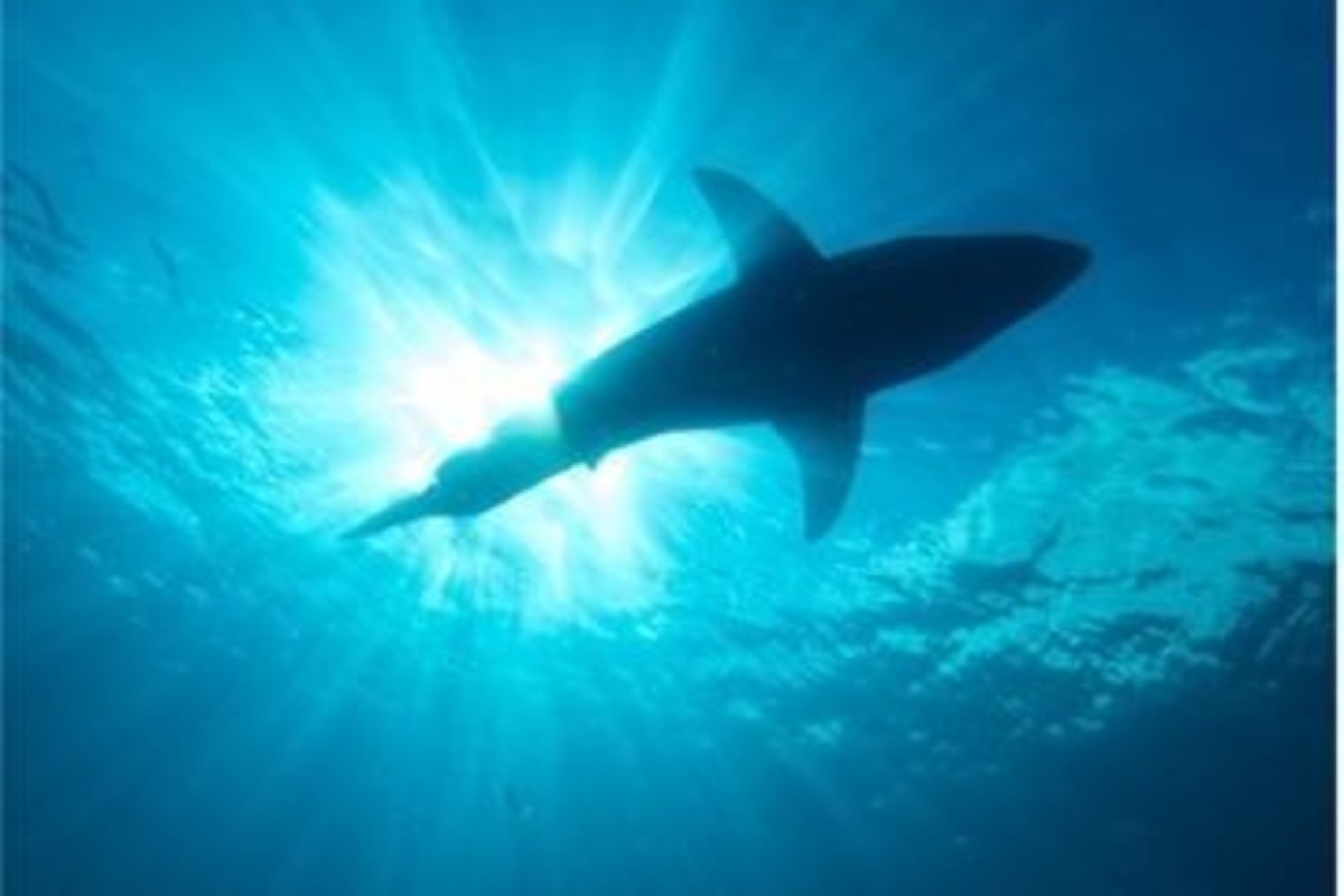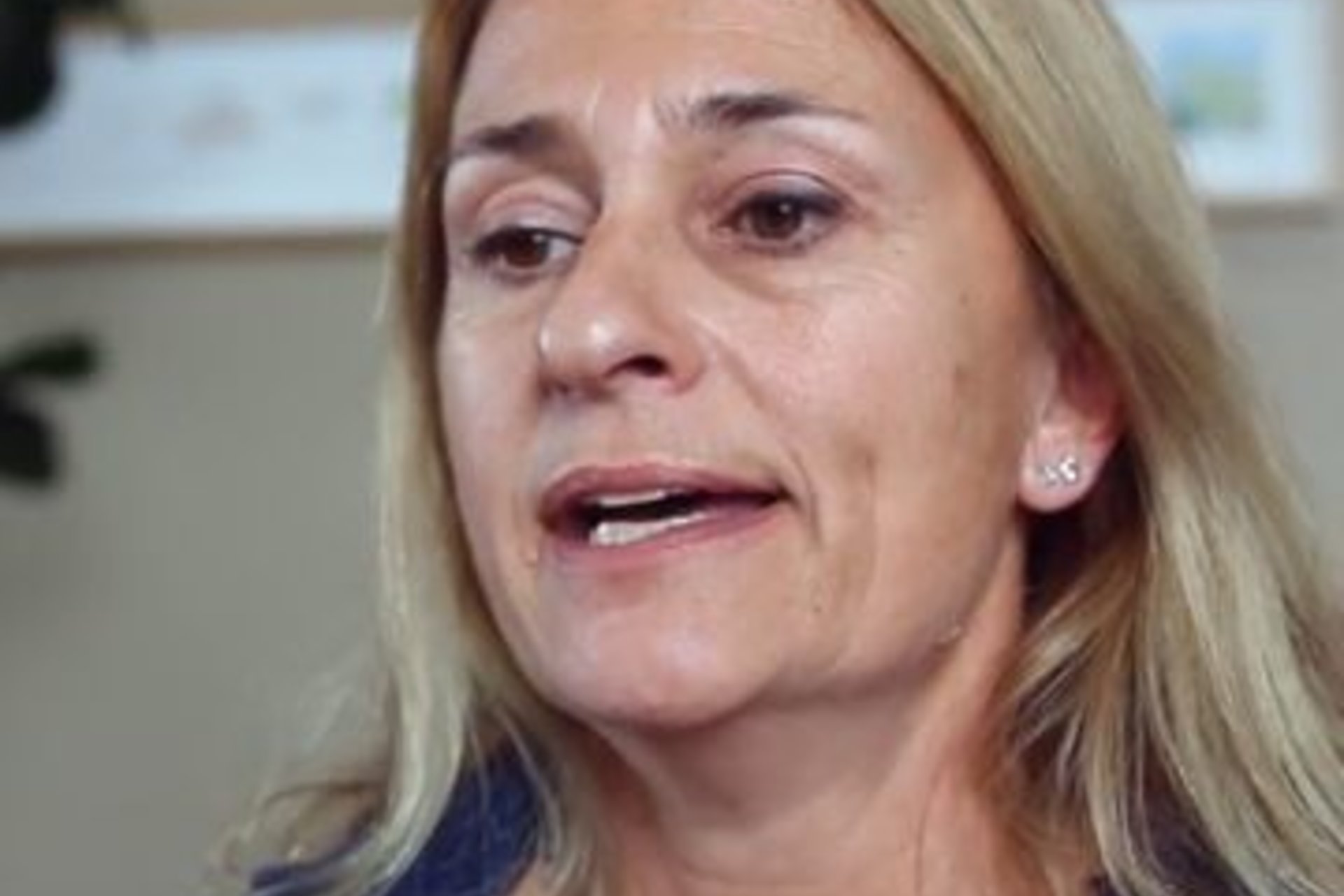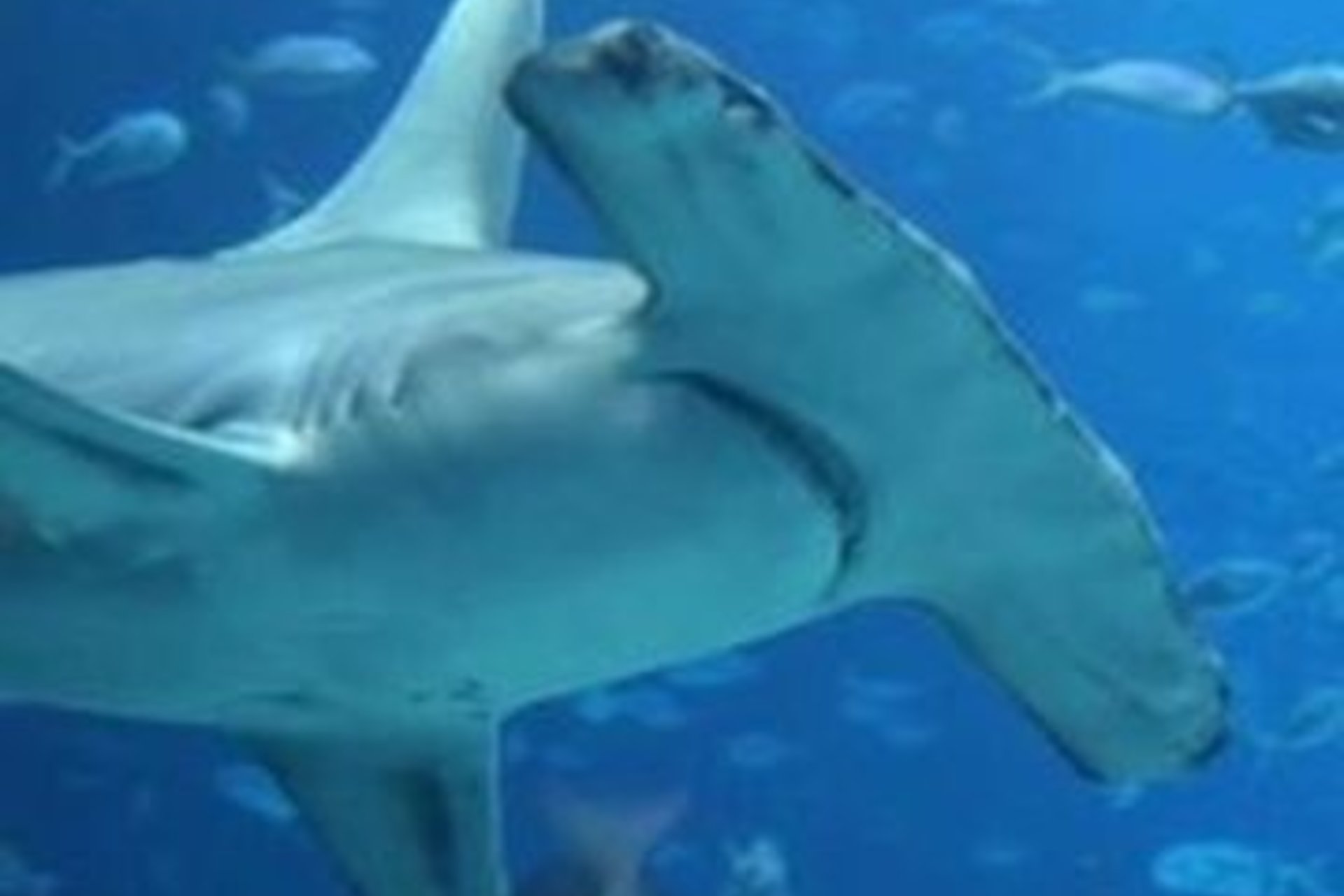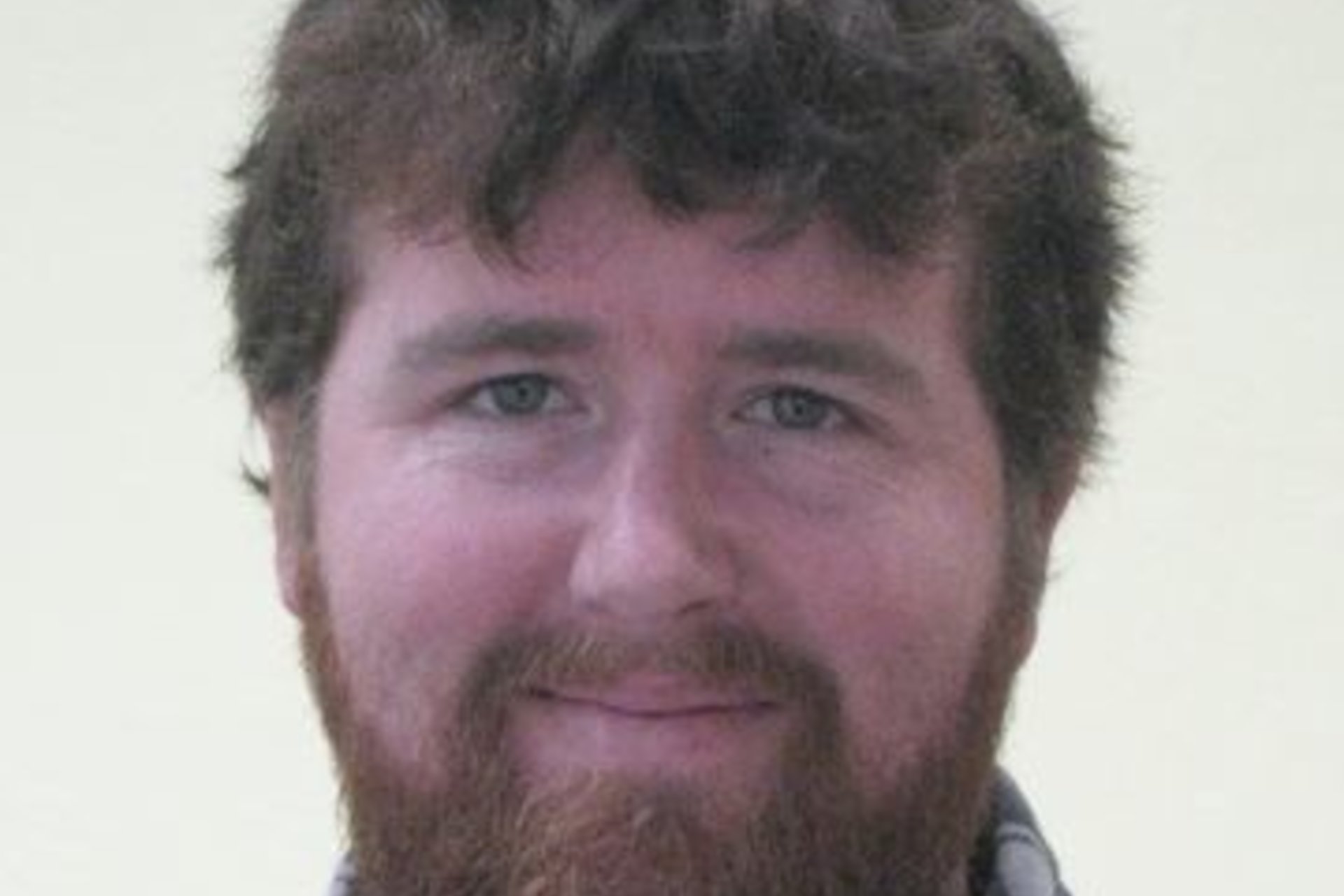News
-
The inaugural awards will enable research teams to pursue interdisciplinary ocean and coastal projects that address impacts of environmental change in the Bay Area and beyond.
-
A new research partnership will combine Indigenous and scientific knowledge to monitor marine life in a sacred tribal region that may be a bellwether of how native species will fare in the face of climate change.
-
Some corals live to be hundreds and, even thousands of years old. They were born with genes that were successful back in their parent’s generation, so how can these old corals still be successful now? Especially in a changing climate?
-
Under the new partnership, Naval Postgraduate School students and faculty will learn and work alongside Stanford students and faculty to research solutions to climate change and energy security issues.
-
North Pacific loggerhead turtles’ years-long oceanic journeys remain poorly understood. Using data from satellite tracking and other techniques, scientists reveal a unique phenomenon that may explain the endangered migrants’ pathway.
-
Working in Canada’s Gulf of St. Lawrence off the coast of Nova Scotia, a team of Stanford University marine scientists deployed miniature video cameras with accelerometers and speedometers on giant Atlantic bluefin tuna.
-
Blue whales are impressive creatures. Stretching up to 90 feet long and weighing over 300,000 pounds, these gentle giants often migrate hundreds of miles between their summer feeding grounds and winter breeding grounds.
-
Tagged by scientists, bluefin tuna passing submerged listening lines help reveal species' survival.
-
Restoring native crustaceans along West Africa’s Senegal River may be a critical step in controlling one of the world’s deadliest tropical diseases.
-
From 1990 to 2000, fishermen seeking swordfish off the coast of California accidentally caught and killed over 100 leatherback and loggerhead sea turtles, and injured many more.
-
If you're a seal, you thought you were safe from great white sharks (Carcharodon carcharias) in the kelp. New research shows you are dead wrong.
-
Climate change and overfishing have rocked life in the ocean—but some species fare better than others.
-
When swimming along California’s coast, blue whales, the largest known animals on earth, act like veteran tourists. Year after year, they choose to eat at the same spots that have given them a consistent fine dining experience.
-
Researchers combine maps of marine predator habitats with satellite tracks of fishing fleets to identify regions where they overlap – a step toward more effective wildlife management on the high seas.
-
Sharks become unlikely detectives as marine ecologists discover a link between their acoustic telemetry data and the presence of illegal fishing vessels.
-
After picking up her six passengers, Spencer, owner of Fast Raft Ocean Safaris, steered the whale-watching boat to the center of the underwater Monterey Canyon while continuously glancing at her fish-finder radar. If the device spotted a large school of fish –– most likely anchovies –– that meant whales could be nearby.
-
I recently helped a group of scientists, led by Dr. Larry Crowder from the Hopkins Marine Station at Stanford University, catch fish to better understand and manage ocean pelagics like sailfish and marlin.
-
The ninth annual Whalefest Monterey took over Fisherman’s Wharf on Saturday (and will again Sunday) as hundreds of people stopped by to check out the exhibits. But none was more attractive, and smelly, than the big Humboldt squid on display.
-
It's the second oldest marine laboratory in the United States and it's located in Pacific Grove. Find out how Hopkins Marine Station came to the Central Coast and helped create the Monterey Bay Aquarium in this edition of Central Coast Spotlight.
-
...Then she heard about a Stanford University scientist, Matt Savoca, who studied plastic waste in the ocean. She emailed him, and he came to look at her collection.
-
As the climate warms up, ocean heat waves are damaging coral – causing what’s known as coral bleaching. Scientists have established this fact and detailed the present and future consequences. Now, it’s time to do something about it.
-
When Biology student Julia Grace Mason requested a DOI from the SDR team for her recent dataset deposit, I was pleased to see continued uptake of our DOI service launched earlier this year with Stanford Libraries' new membership to DataCite. This service is of growing importance to Stanford’s publishing researchers!
-
Marine species quickly revealed by new 'Go Fish' tool, highlights potential of emerging eDNA science
Experts convene for 1st US National Conference on Marine Environmental DNA, a far-reaching, potent complement to traditional monitoring systems; initiates coordinated US research theme, standardized sampling/reporting protocols; baseline monitoring sites.
-
Birds that eat plastic may be doing so in part because it smells like food to them. MATTHEW SAVOCA, a postdoctoral fellow in biology at Stanford, explains the science behind this statement in an essay that won this year’s Science and SciLifeLab Prize for Young Scientists in the ecology and environment category.
-
"Andy Chamberlin, a life sciences technician and project manager at Stanford’s Hopkins Marine Station, attended the workshop alongside three colleagues to better understand the technology behind their own lab’s research. The team intends to couple machine learning with pathogen images, streamlining the research processes."
-
A scientific mission into the secret ocean lair of California’s great white sharks has provided tantalizing clues into a vexing mystery -- why the fearsome predators spend winter and spring in what has long appeared to be an empty void in the deep sea.
-
Study Results Set To Bolster Success of International Conservation Agreements in Protecting Imperiled Species
-
Fishing bans don’t have to hurt fishing communities, according to a new study led by Stanford researchers.
-
Kelp forests are the marine mirror images to the towering redwoods onshore, the scaffolding that supports the image of the classic northern California coastline.
-
Stanford engineers, geophysicists, disease ecologists, musicologists and others soon will collaborate on finding new ways to detect and reduce wildfire risk; harness the sun’s power to purify water; interpret ocean health through sound and more.
-
The federal government rescinded the Obama-era National Ocean Policy and replaced it with new policies intended to promote jobs and national security. Stanford experts examine potential unintended implications.
-
Natalie Low, of the Micheli Lab at Hopkins Marine Station, has won the Frances Lou Kallman Award for outstanding female PhD candidate in recognition of special excellence in coursework, teaching and/or research.
-
Something is drawing this marine predator to a particular gathering spot in the Pacific.
-
Great white sharks have a "hidden life" that is becoming a lot less hidden thanks to a scientific expedition that has been years in the making.












